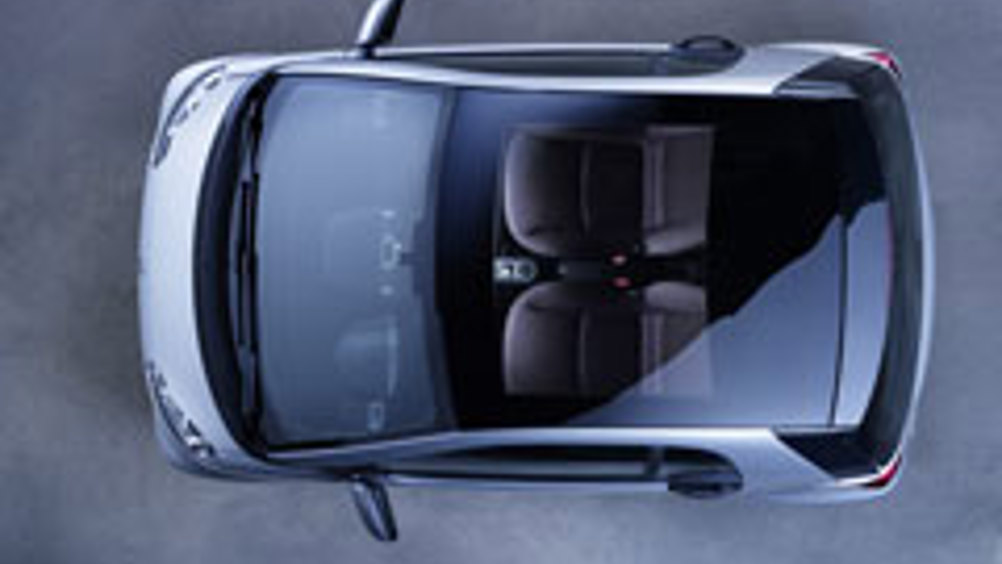Big roof
With an area of around 1.2 square metres, Smartcar's new 'smart for two' boasts the largest polycarbonate roof module fitted in a production-line vehicle anywhere in the world.

With an area of around 1.2 square metres, Smartcar's new 'smart for two' boasts the largest polycarbonate roof module fitted in a production-line vehicle anywhere in the world.
The lightweight roof module was manufactured by Webasto and made from Makrolon AG2677, a polycarbonate (PC) from Bayer MaterialScience that is tailor-made for automotive glazing.
Webasto makes the roof module by a two-component injection-compression moulding process on a swivel-platen injection-moulding machine, followed by a coating step.
In the first shot, the transparent outer skin is produced from Makrolon AG2677, and in the second, the large-area frame is made of Bayblend DP T95 MF.
This black-pigmented blend of PC and ABS (PC+ABS) was developed by Bayer MaterialScience in conjunction with Webasto specifically as the second component for this application, and is tailor-made for large-area glazing parts made of Makrolon AG2677.
One of the blend’s particular strengths is its shrinkage behaviour, which is geared to that of the PC material. 'Despite its size, the roof module can be manufactured with very low internal stresses and low warpage,' explained Dr. Sven Gestermann, Key Account Manager Automotive Glazing for Europe at Bayer MaterialScience.
Register now to continue reading
Thanks for visiting The Engineer. You’ve now reached your monthly limit of news stories. Register for free to unlock unlimited access to all of our news coverage, as well as premium content including opinion, in-depth features and special reports.
Benefits of registering
-
In-depth insights and coverage of key emerging trends
-
Unrestricted access to special reports throughout the year
-
Daily technology news delivered straight to your inbox










INWED Engineering Profile: Naval Architect Ellie Driver
Not a woman I´d want to cross … oh, that was Elle Driver